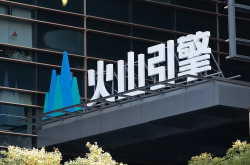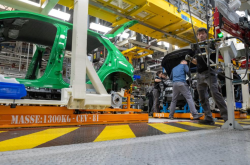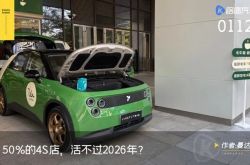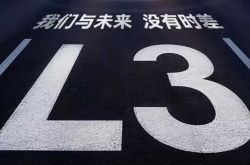ZF Group Amidst a Turbulent Transformation
![]() 03/24 2025
03/24 2025
![]() 736
736
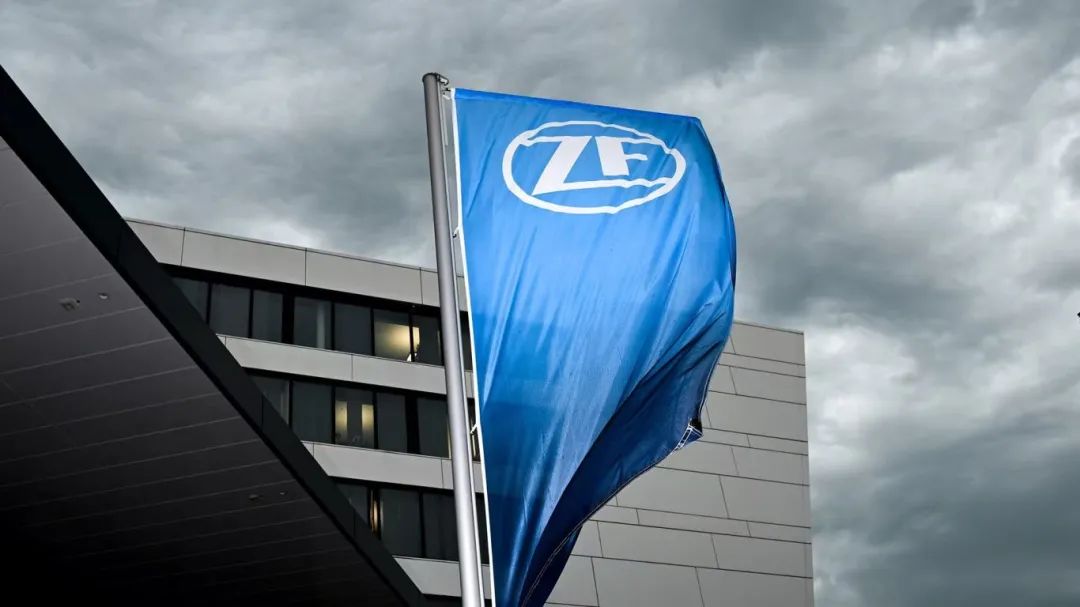
Introduction
The European automotive industry continues to grapple with challenges. On the eve of releasing its 2024 financial report, ZF Group's executives found themselves tossing and turning. Amidst weak market demand, declining core businesses, the difficult transition to electrification, and high debt levels, the group unveiled a distressing financial report.
For the full year of 2024, ZF Group reported a cumulative net debt of 10.5 billion euros, an increase of 5% from 9.98 billion euros in 2023. Consolidated sales amounted to 41.4 billion euros, a decrease of 11% from 46.6 billion euros in 2023. Furthermore, the net loss after tax stood at 1.02 billion euros, in stark contrast to the net profit of 126 million euros achieved a year earlier.
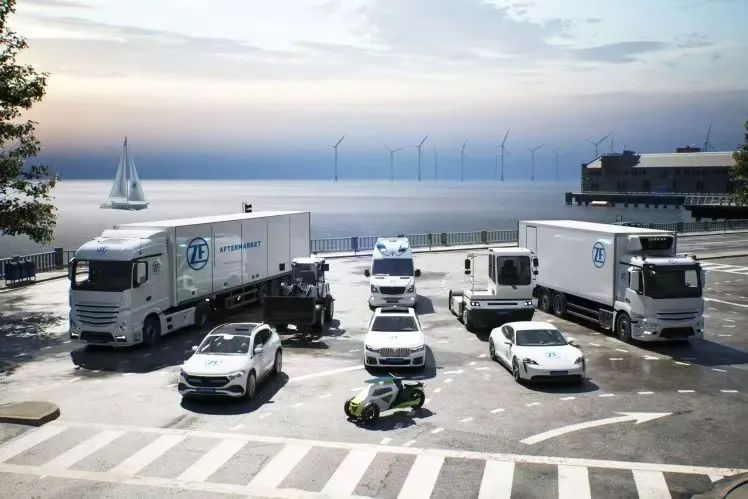
The European automotive industry is in a precarious position. Price wars emanating from the Chinese market and increasingly tense trade relations since the Trump administration have exacerbated the difficulties faced by an increasing number of parts manufacturers. ZF Group CEO Holger Klein candidly stated that the 2024 performance is a stark reflection of the immense pressure facing the European automotive industry and ZF Group.
ZF Group was acutely aware of this pressure last year.
Last fall, ZF Group announced plans to lay off up to 14,000 employees in Germany by 2028. With a total workforce of 54,000 employees at its German headquarters, the layoffs represent one-quarter of its entire workforce. Currently, several smaller factories within the group have been successively closed.
01 Two Major Challenges: Transformation and Debt
Under pressure, ZF Group's primary objectives at this juncture are to streamline its workforce and reduce corporate debt, steering towards a more agile and profitable path.
Two years ago, ZF Group's management foresaw the impending painful period of transformation and the necessity for significant changes. However, the industry widely believes that this parts giant has been too sluggish in the new business segment, missing out on the prime golden window period.
Currently, ZF Group has allocated hundreds of millions of euros for restructuring, with a substantial portion dedicated to severance payments. Klein warned early on that ZF Group's employee size is unsustainable in the long run and will inevitably require simplification. Nonetheless, the company will uphold its social responsibility to the fullest extent during layoffs, offering reasonable retirement and severance packages.
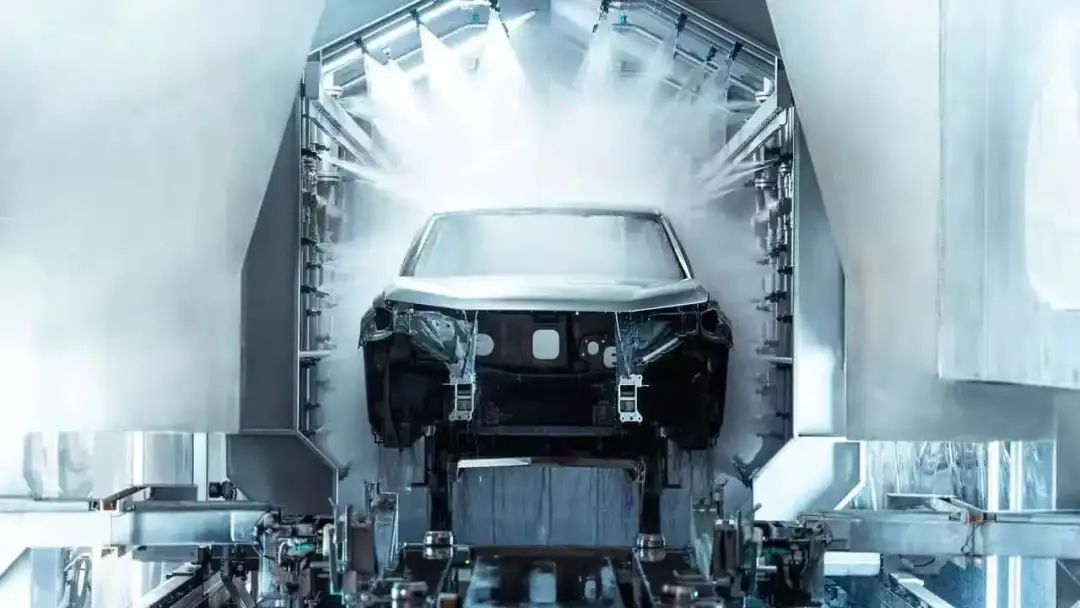
While unveiling its annual financial report, ZF Group officially announced another surprising decision: the early resignation of its Chairman of the Board of Directors, Heinrich Hiesinger. The rationale for this position adjustment is the increasing criticism of his leadership style within the group, coupled with the unfavorable performance over the past two years.
Hiesinger has led the board for merely three years, yet his leadership style has faced rigorous scrutiny both internally and externally. The German newspaper Handelsblatt reported that he lacks sufficient understanding of the automotive industry and has failed to make forward-looking decisions and actions amidst ZF Group's critical performance.
On one hand, the transformation is sluggish; on the other hand, the established transformation plan has failed to yield the anticipated returns. Starting from the previous year, European and American automakers, major customers of ZF Group, have successively scaled back their electric drive business, directly impacting ZF Group's orders. It is challenging to recoup the various costs invested in the new business, which previously received substantial funding, in the short term.
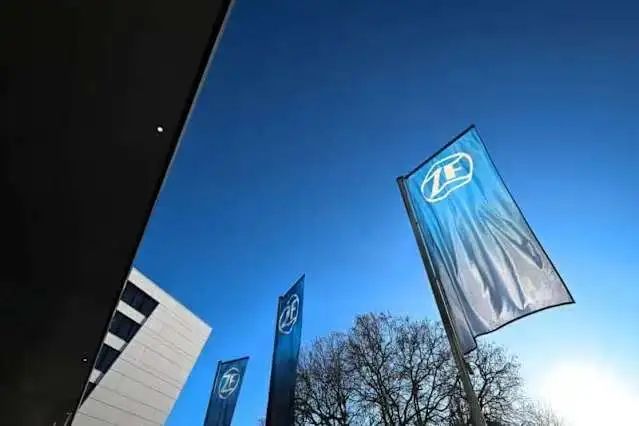
It is a commonly held view in the industry that it is difficult for large corporations to pivot. In the new era, almost all traditional parts giants confront this dilemma. However, for ZF Group, besides the sluggish pivot and the arduous breakthrough in new business bottlenecks, another constraint is its significantly higher debt compared to competitors.
ZF Group underwent two large-scale mergers and acquisitions in 2015 and 2020, acquiring TRW Automotive Holdings Corp. and WABCO Holdings Inc. successively. The former is a supplier of automotive safety systems, while the latter is a leading enterprise in braking systems and electronic control systems. However, these two mergers and acquisitions also saddled ZF Group with a substantial amount of debt.
This has created a vicious cycle.
As new businesses such as electrification are also "money-burning pits," ZF Group's profitability has been relatively low in recent years, making it difficult to repay debt. To repay debts, ZF Group can only resort to taking on new debts to fill the previous debt hole, leading to the continuous expansion of debt, ultimately forcing layoffs as a last resort.
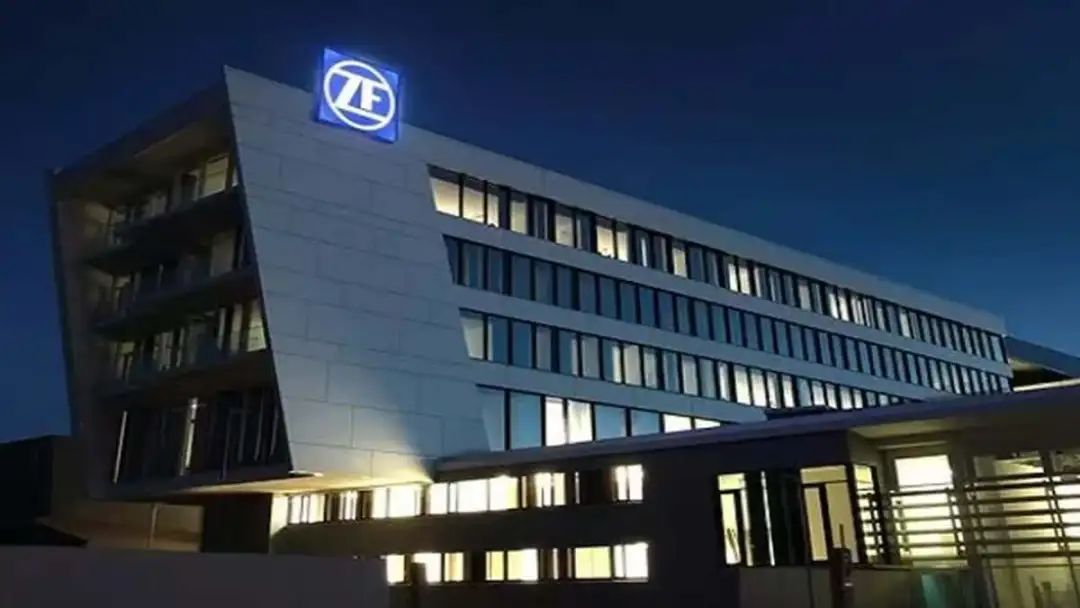
02 Business Restructuring: Cutting Off Limbs to Survive
Last year, ZF Group considered spinning off its Electrified Powertrain Technology Division, internally referred to as E-Division, which was merged from the previous Passenger Car Powertrain Technology Division and Electrified Drive Technology Division, aiming to integrate traditional powertrain technology and electrified drive technology.
The entire spin-off plan is anticipated to be completed by 2025. However, from the perspective of business attributes and volume, once this division is spun off, ZF Group will undoubtedly undergo a top-down "major surgery."
The Electrified Powertrain Technology Division encompasses almost the entire powertrain business of ZF Group, including electric drive modules, hybrid systems, and transmissions. Over the past few years, this division has accounted for one-quarter of the group's total sales, but it is currently beset with numerous challenges:
First, electrification has reduced the demand for traditional transmissions. If the core business does not adapt, profitability will inevitably face long-term pressure. Second, electric drive suppliers from China and elsewhere are gradually gaining prominence and are highly adept at low-price competition strategies. If ZF Group follows suit, its profits will come under pressure. Third, most customers are concentrated in the European and American markets, and when demand wanes, many factories are idle.
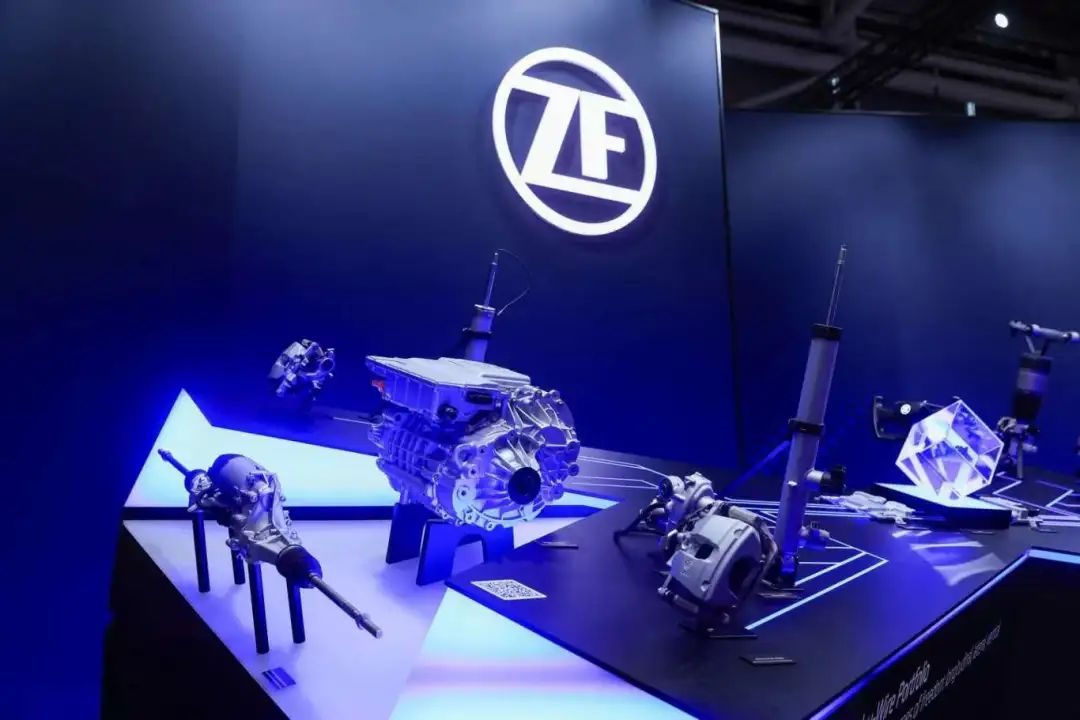
Handelsblatt conducted a statistical analysis and found that once the Electrified Powertrain Technology Division is officially spun off, it will impact up to 32,000 ZF Group employees, equivalent to one-fifth of the company's total workforce.
But for ZF Group, a short, sharp pain is preferable to a prolonged one.
Insiders told Handelsblatt that even if the Electrified Powertrain Technology Division can fulfill all orders, it will face losses of up to billions in the next three years. The best-case scenario would be for the division to gain new life and become profitable again under a new business model and capital structure.
In a horizontal comparison, another German parts giant, Continental AG, also approved the spin-off of its automotive business this year. The golden age of fuel vehicles has waned, and former advantages are likely to turn into liabilities. Everyone is contemplating how to survive in the new industrial logic.
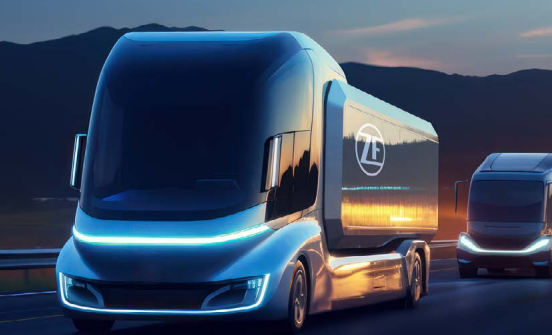
Continental AG's organizational structure comprises three independent divisions: the Automotive Group, the Tire Group, and the ContiTech Group. Those strongly tied to the automotive business are primarily the Automotive Group (including Safety & Dynamics, Connectivity & Infotainment, User Experience, Intelligent Transportation Systems, and Autonomous Driving) and some automotive businesses under the ContiTech Group, such as automotive belts and sealing systems.
Once the Automotive Group is spun off, the remaining automotive business of Continental AG will primarily consist of the automotive segment of the ContiTech Group, primarily focusing on traditional parts business like shock absorbers, sealing system products, hoses, belts, and interior components, which are challenging to create new value increments.
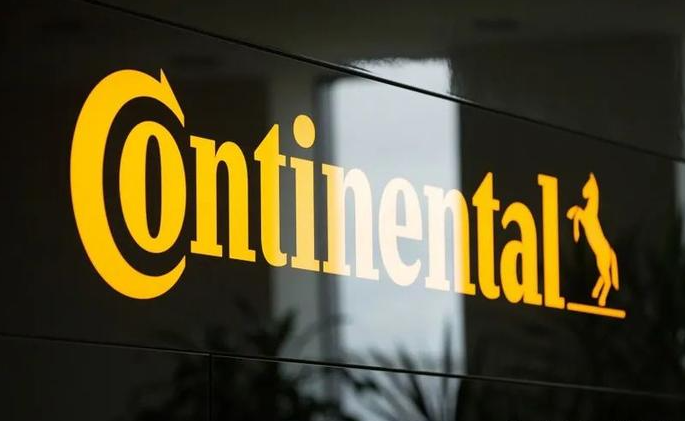
For ZF Group, besides spinning off the Electrified Powertrain Technology Division, it also has another cornerstone business: the commercial vehicle business.
ZF Group's commercial vehicle business sales account for approximately 17% of the group, slightly lower than the Electrified Powertrain Technology Division. Its commercial vehicle Asia-Pacific market (including China) accounts for roughly 20% of its global business and has room for growth. Amidst the current pressure on cash flow and profitability, stabilizing the commercial vehicle cornerstone is the top priority in ZF Group's business planning.
Previously, ZF Group formulated a cost reduction plan aiming to slash costs by approximately 6 billion euros in 2024 and 2025. Through this cost reduction plan, the company can smoothly transition to electrification starting from 2026. However, in the industry's view, the inflection point in 2026 has arrived somewhat too late.
Editor-in-Charge: Shi Jie Editor: He Zengrong

